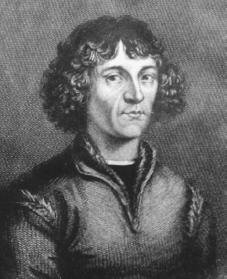Evariste Galois was born in Bourg-la-Reine. His father was the mayor of the town and his mother being women with an education she taught Galois until he was 12 yrs. old. Although he did well in school he quickly became bored with it and started to self- teach. At the age of 16 he found a mathematician teacher Louis Richard. By 17 he published his first paper on continuous fractions. When he was 16 and 18 years old he applied to Polytechnique, He failed both times. The second time he failed because of his anger and lack of patience, he was then banned from re-applying again. He wrote 3 papers while attending a university that ended up being lost.
In 1830 he joined the National Guard. He was then jailed for threatening the king but was not convicted.
At the age of 20 his anger got him into a duel and he ended up getting shot in the gut and died the next day.
Twenty years after his death his manuscripts were edited and published by Joseph Liouville. Galois manuscripts only filled 60 pages. Liouville said this about his work:
"I experienced an intense pleasure at the moment when, having filled in some slight gaps, I saw the complete correctness of the method by which Galois proves, in particular, this beautiful theorem: In order that an irreducible equation of prime degree be solvable by radicals it is necessary and sufficient that all its roots be rational functions of any two of them."
He was one of the mathematicians that constructed the idea of groups in algebra. He was known for developing what is known as a normal subgroup which he stated as the decomposition of a group into its left and right cosets a proper decomposition if the left and right cosets coincide. He also made the discovery of infinite field. He is also known for constructing general linear group over a prime field, GL(ν, p) and computing its order and the projective special linear group PSL(2,p). He also noted the fact that PSL (2,p) is simple and acts on p points if and only if p is 5, 7, or 11.
Galois is mostly known for his theory which was named after him, the Galois theory. This theory is described as:
“the algebraic solution to a polynomial equation is related to the structure of a group of permutations associated with the roots of the polynomial, the Galois group of the polynomial. He found that an equation could be solved in radicals if one can find a series of subgroups of its Galois group, each one normal in its successor with abelian quotient, or its Galois group is solvable. This proved to be a fertile approach, which later mathematicians adapted to many other fields of mathematics besides the theory of equations to which Galois originally applied it.”


